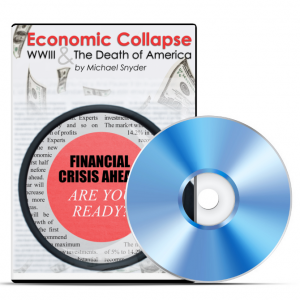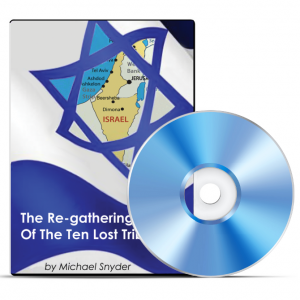If you have checked the news recently, no doubt you have noticed it is not the best time to be living in New York or other parts of the East Coast.
Back in October, just before the presidential election, residents of New York and Long Island were graced with the presence of Superstorm Sandy, a monster of a hurricane that dealt utter destruction and flooding to low-lying coastal areas.
Just as residents began to recover from Sandy, along came a blizzard that dealt anywhere from a foot of snow in the Manhattan area to three feet of snow along Long Island and up towards Boston.
According to The New York Times, $82 billion in damage was spread among three states alone (New York, New Jersey and Connecticut), and Congress was slow to approve a $60 billion emergency-aid package. It will take plenty of time for this money to work its way through the system and red tape and get to the places where it is needed most.
It seems as if the crosshairs of Mother Nature are trained on New England as of late. If it isn’t a hurricane or a bunch of rain causing floods, it is a big blizzard. These storms do not just waltz in and waltz out over a period of one day, either. The long-lasting effects from these storms continued for days and weeks to come.
Hurricane Sandy impacted retail with a two-pronged attack. The first prong came as retail experienced a temporary surge when customers came to get huge amounts of groceries to get them through the storm. Retail then slacked off as customers in the affected hurricane area concentrated on getting their lives back together. Christmas gifts and shopping could wait, they said.
Industries not hit hard by Sandy, and even some that suffered storm effects, were very quick to mobilize. Donations came pouring in to help in the rebuilding parts of the economy, to the tune of over $140 million. The Business Civic Leadership Center was quick to note all the companies to step forward and offer charitable assistance.
As far as transportation, the blizzard did not impact New England except for a rare executive order from Massachusetts governor Deval Patrick to keep all cars off the roads during the storm. Sandy was a different story. Flights all across the country with New York as a takeoff or destination point were affected for several days. Train transportation was affected through the storm-battered areas.
Homes on the peninsula in the southern sector of New York City, where there was just one entrance to the neighborhood, were destroyed and traffic was prohibited for days, if not weeks, while the cleanup went on. Many cars at auto dealers were damaged and some were shipped out. This has caused people to be concerned that cars are being sold that were damaged in Sandy, much like Katrina in 2005 in New Orleans.
As for energy, since the Northeast is in a heavy power grid the effects of Sandy were felt immediately. Over 10 million homes lost power in the affected area, and some homes were not restored for several days. In the New England blizzard over 900,000 homes saw their electricity go out. Anyone dissatisfied with the performance of their power company during the storm may have been encouraged to look on http://www.newyorkenergyrates.com/ for other companies’ rates. If storm-affected residents didn’t live in New York and their state was deregulated, then other choices were offered to them.
It may be another several year before we see a storm the size of Sandy. The transportation, industrial and energy grids may be up to 100 percent before then.
Even so, the lessons from this storm may help the nation be ready for the next superstorm that comes along.
– See more at: https://organichealthadviser.com/archives/between-sandy-and-the-snow/


